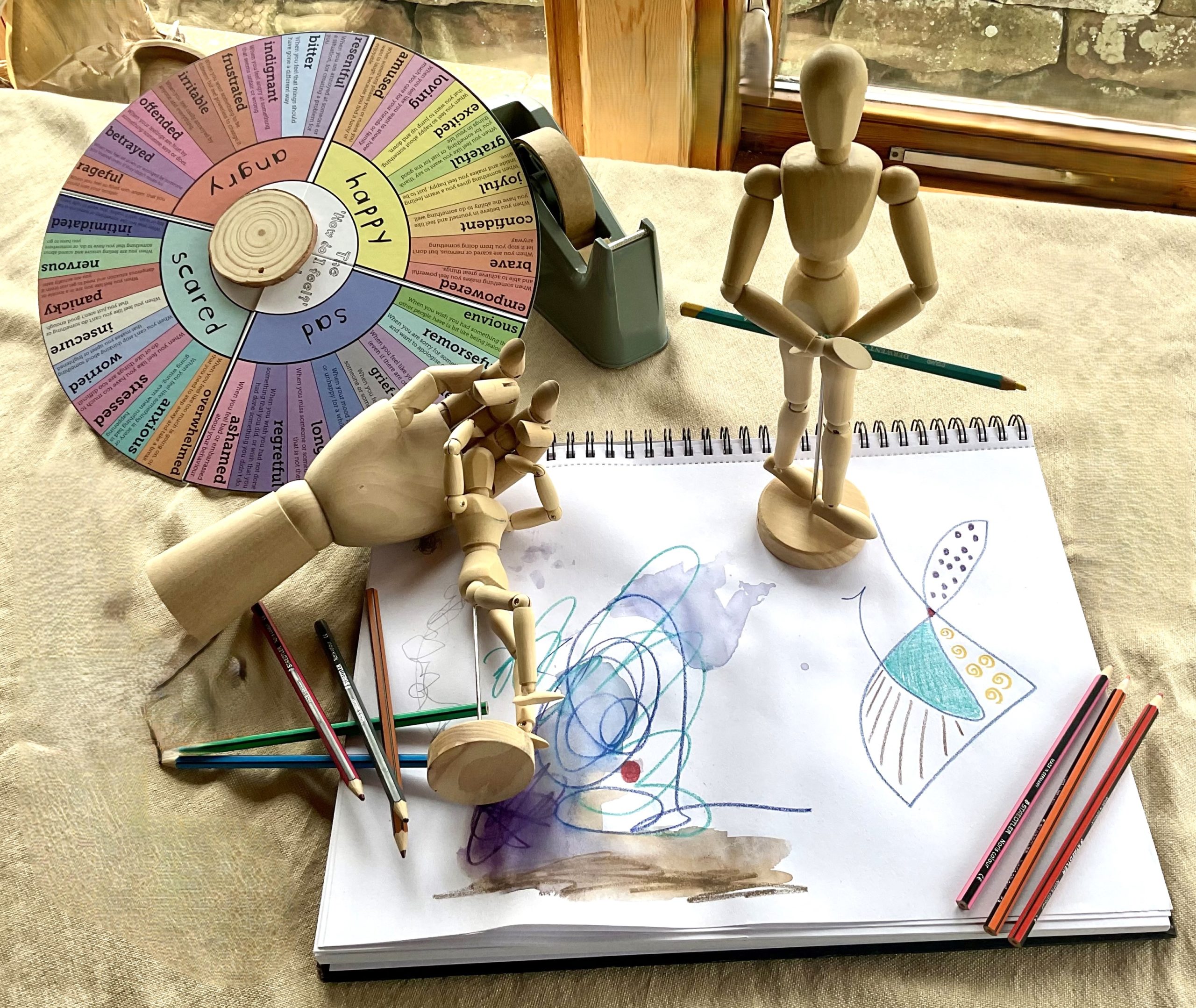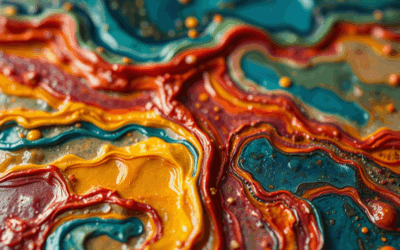In recent years, creativity has become a central part of conversations about mental health and healing. Whether it’s painting, doodling, sculpting, or journaling, people are increasingly turning to the arts for self-care. Two terms you might hear in this space are art therapy and therapeutic art making. While they sound similar, they are not the same—and understanding the difference can help you choose the right path for your creative and emotional wellbeing.
What Is Art Therapy?
Art therapy is a formal mental health profession that uses the creative process as a tool for assessment, expression, and healing. It is facilitated by a licensed or credentialed art therapist who has been trained in psychology, human development, counselling, and various art modalities.
In art therapy, the focus is not on artistic skill or the final product, but on the process of creation as a way to explore emotions, resolve trauma, manage behaviours, and enhance cognitive functioning.
Key Characteristics of Art Therapy:
- Conducted by a trained, licensed art therapist
- Goal-oriented and tailored to specific mental health needs
- Can include discussion and analysis of the art created
- Often used in clinical settings (hospitals, private practice, rehab centers)
- Considered a form of psychotherapy
Art therapy can benefit people of all ages and is especially helpful for those who find it hard to express themselves through words alone.
What Is Therapeutic Art Making?
Therapeutic art making, on the other hand, refers to engaging in creative activities for personal growth, stress relief, or emotional release—without the involvement of a licensed therapist. You might do this at home, in a group workshop, or even as part of a wellness program.
There’s no analysis, diagnosis, or structured therapy plan. The intention is often to relax, reconnect with oneself, or simply enjoy the act of making something.
Key Characteristics of Therapeutic Art Making:
- Does not require a therapist or formal guidance
- Accessible to anyone, regardless of skill level
- Focused on self-care, mindfulness, or emotional exploration
- May be led by artists, coaches, or facilitators (but not therapists)
- Not considered psychotherapy
While therapeutic art making can be deeply meaningful and even healing, it does not replace professional mental health support when needed.
A Helpful Analogy
Think of it like this: art therapy is to therapeutic art making what physical therapy is to going for a walk. Both can be beneficial to your health, but only one is guided by a trained professional with a clinical framework tailored to your specific needs.
So, Which One Is Right for You?
Ask yourself:
- Are you dealing with trauma, grief, anxiety, or a mental health diagnosis? → Art therapy may be the better fit.
- Are you looking for a way to de-stress, tap into creativity, or enhance mindfulness? → Therapeutic art making could be perfect for you.
In some cases, people find both approaches useful at different times in their lives.
Final Thoughts
Whether you’re working with an art therapist or just picking up a paintbrush at home, the act of creating can be a powerful form of healing and self-discovery. Just remember: the difference lies in the intention, structure, and guidance.
Both paths honor the profound connection between art and emotion—but if you need support that goes deeper, don’t hesitate to seek out a qualified art therapist.

